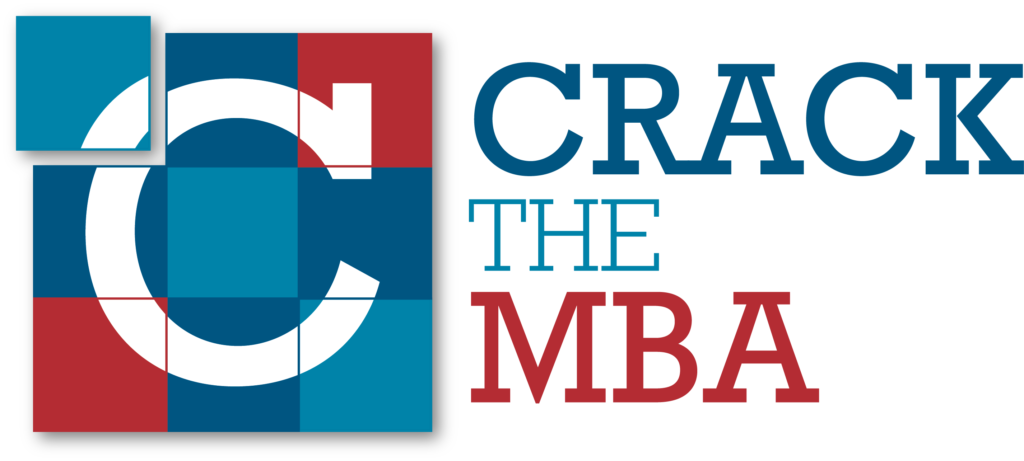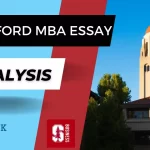Welcome to the final post in our six-part series on how to go about selecting the perfect MBA program that fits your needs. In the previous posts, we discussed Academic, Financial & Professional and Student Experience considerations in this decision. In today’s post, we will look to apply the theoretical learnings from our previous posts of the series to look at 4 practical examples of how actual candidates would go about narrowing schools given specific criteria.
Example 1
Selection Criteria: top 25 U.S. program, 2 year program, City Experience, Larger Class Size, Strong in Finance
Observations: 2 of the criteria – namely, ranking & major are Academic criteria (refer to our detailed post here) and 3 criteria – namely, length of program, location and class size are Student Experience related criteria (see our post on that here).
Step 1: Start off by going to school rankings at FT, Business Week & U.S. News and getting a list of top 25 U.S. programs according to each.
Step 2: Verify that the programs selected have 2-year MBA options. Note: Most U.S. programs have 2 year MBA options.
This yields 33 results as per our search. To see the list of schools after applying this filter, download the file here and look at Worksheet 1.
Step 3: Research the city for the above-mentioned 33 programs to narrow the programs which provide for a City Experience which is one of the selection criteria. This step would eliminate some of the obvious candidates such as Dartmouth, Duke, Michigan, Cornell. Some of the options may be subjective depending on your preferences and is a personal call.
This search yields 19 results for us, a few of which could be subjective as not exactly located in a city but near one or in the suburbs of one. To see our list of schools after applying this filter, look at Worksheet 2 in the file downloaded above.
Step 4: To identify schools that are strong in Finance, research each and every school by going through websites, talking to current students, alumni, companies to get a sense for each program’s strength in Finance.
It helps that you are left with 19 schools because of which the process becomes a bit more manageable. At this point, the process becomes more of an art rather than just science as you are also trying to identify personal fit.
School Suggestions: Some schools that are well-known for Finance or located in a Financial Hub and obviously stand out are Wharton, Chicago Booth, Columbia & NYU.
Example 2
Selection Criteria: 1 year program, higher average age of students, 700 GMAT, Professional Goal: Consulting
Observations: 2 of the criteria – namely, 1 year program and higher average age indicates that European programs may be a good fit. It also indicates that a large number of U.S. programs may get eliminated owing to the 1 year program criteria. 700 GMAT is high enough that it would be within the mid-80% percentile range for any school so one could choose to ignore this filter.
Step 1: Research FT rankings for names of Global MBA programs. For the purposes of this example, we have included programs up to #65.
Step 2: Remove the program options that do not have a 1 year MBA option. Exclude most of the American programs as they have 2 year MBA options. Some exceptions include Kellogg, Cornell, Emory.
This search gives us a list of 25 schools. To see our list of schools after applying this filter, download the file here.
Step 3: To identify schools that are strong in Consulting Placements, research each and every school by going through websites, talking to current students, alumni, companies to get a sense for each program’s strength in Consulting Placements.
School Suggestions: From our experience, some schools that are well-known for Consulting Placements from the filtered options include INSEAD, Emory.
Example 3
Selection Criteria: Goal of working in Asia, globally diverse student population, top 50 global program
Observations: Looking at the selection criteria, one could start with getting a list of business schools in Asia. However, if you look at the final criteria, it is a top 50 rankings. You can apply the ranking filter as a first step as it will narrow your results to 50 and will be an easier set to work off. Subsequently, you can look at schools based in Asia and/or schools that have exchange programs which allow you to participate in recruiting in Asia and/or schools that have enough jobs leading to Asia.
Steps: We leave these for our readers to work out. Should you have any questions, feel free to write to us at www.facebook.com/CrackTheMBA
School Suggestions: From our experience, some schools that come to mind which fit the criteria include INSEAD (Singapore), ISB (India), NUS (Singapore), HKUST (Hong Kong), Harvard, Stanford, Wharton.
Example 4
Selection Criteria: Top 50 global program, goal of entrepreneurship
Observations: Given the ranking filter, one can easily get an initial list of 50 schools from FT. It might do this person some good to have yet another criteria to eliminate a few more schools. Should there really be no such criteria, the MBA aspirant can proceed with secondary and primary research as explained in Example 2 to narrow down a list of schools.
Steps: We leave these for our readers to work out. Should you have any questions, feel free to write to us at www.facebook.com/CrackTheMBA
School Suggestions: From our experience, some schools that come to mind which fit the criteria include Stanford, Harvard, MIT, Wharton.
Conclusion
This post brings our 6-part School Selection series to an end. We have looked at Academic, Financial, Professional, Student Experience Related factors influencing School Selection based on each individual MBA Aspirant’s needs. Furthermore, we have looked at a few examples of how different candidates with different criteria can go about selecting schools that are a good fit for them. Should you need help with selecting schools that are a good fit based on your circumstances and specific criteria, write to us on www.facebook.com/CrackTheMBA.






